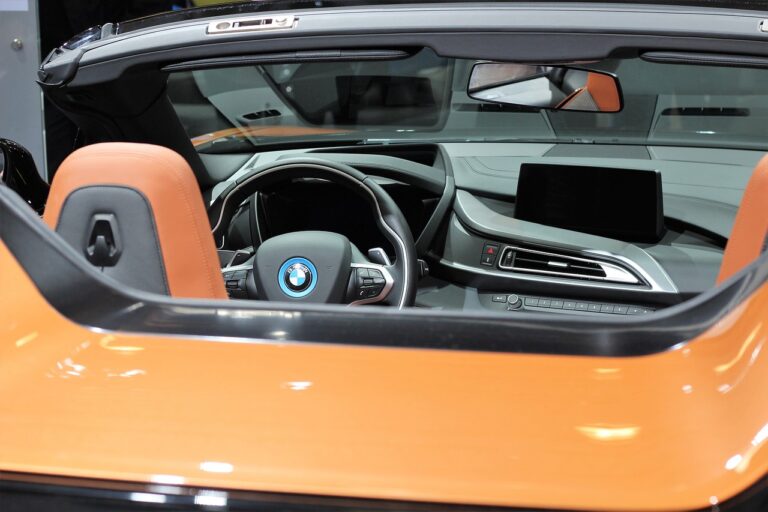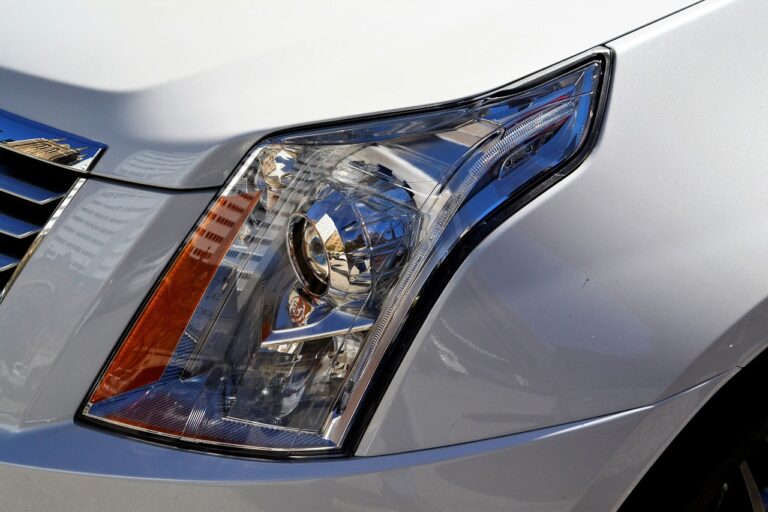The Future of Car Connectivity: Augmented Reality Windshields for Navigation and Safety
Traditional navigation systems have long been plagued by their lack of real-time updates. These systems often rely on pre-loaded maps that may not reflect recent changes in road layouts or traffic conditions. This can lead to frustrating experiences for drivers who encounter unexpected road closures or detours that are not accounted for in their navigation system.
In addition, traditional navigation systems can be prone to inaccuracies in determining a vehicle’s exact location. Factors such as poor GPS signal or signal interference in urban areas can result in the navigation system providing incorrect directions to the driver. This can not only lead to wasted time but also potentially dangerous situations if the driver becomes lost or confused while navigating unfamiliar roads.
Benefits of Augmented Reality Windshields
Augmented Reality (AR) windshields offer a revolutionary way to enhance driving experience by providing real-time information in the driver’s line of sight. By overlaying navigation cues, speed limits, and relevant road data directly onto the windshield, AR technology reduces the need for the driver to look away from the road, thus increasing overall safety on the road.
Furthermore, AR windshields have the potential to improve navigation efficiency by offering dynamic route guidance and highlighting points of interest along the way. This not only helps drivers reach their destination more easily but also fosters a more engaging and interactive driving experience.
AR windshields provide real-time information in the driver’s line of sight
Reduces the need for drivers to look away from the road, increasing safety
Enhances navigation efficiency with dynamic route guidance and points of interest highlighted
Fosters a more engaging and interactive driving experience
Integration of Safety Features in AR Windshields
As the automotive industry continues to embrace technological advancements, the integration of safety features in augmented reality (AR) windshields is becoming a key focus for manufacturers. These safety features aim to enhance the overall driving experience by providing real-time alerts and warnings to the driver, ultimately reducing the risk of accidents on the road. By combining cutting-edge AR technology with traditional safety features such as lane departure warnings and collision avoidance systems, these AR windshields offer a comprehensive approach to driver safety.
One of the key benefits of integrating safety features into AR windshields is the ability to provide drivers with critical information without causing distractions. Through the use of augmented reality overlays, important data such as speed limits, upcoming traffic signals, and potential hazards can be displayed directly in the driver’s line of sight. This not only helps drivers stay informed and focused on the road ahead but also minimizes the need to take their eyes off the road to check navigation systems or dashboard displays. By seamlessly integrating safety features into AR windshields, manufacturers are paving the way for a safer and more efficient driving experience.
What are some challenges of traditional navigation systems?
Traditional navigation systems can be distracting to drivers as they require them to look away from the road to view directions. They can also be difficult to follow in complex or unfamiliar driving situations.
What are some benefits of augmented reality windshields?
Augmented reality windshields provide real-time navigation information directly in the driver’s line of sight, making it easier to follow directions without taking their eyes off the road. They can also display helpful information such as speed limits, upcoming hazards, and points of interest.
How are safety features integrated into AR windshields?
Safety features such as lane departure warnings, collision alerts, and pedestrian detection can be integrated into AR windshields to provide drivers with important information and help prevent accidents. These features can be displayed directly on the windshield, alerting the driver without causing distraction.







